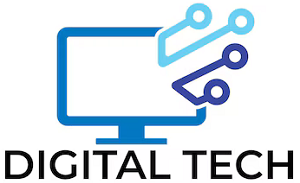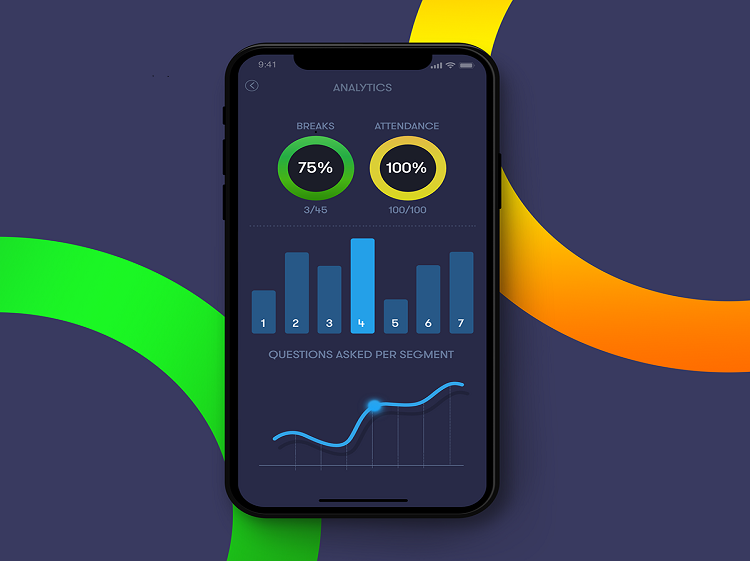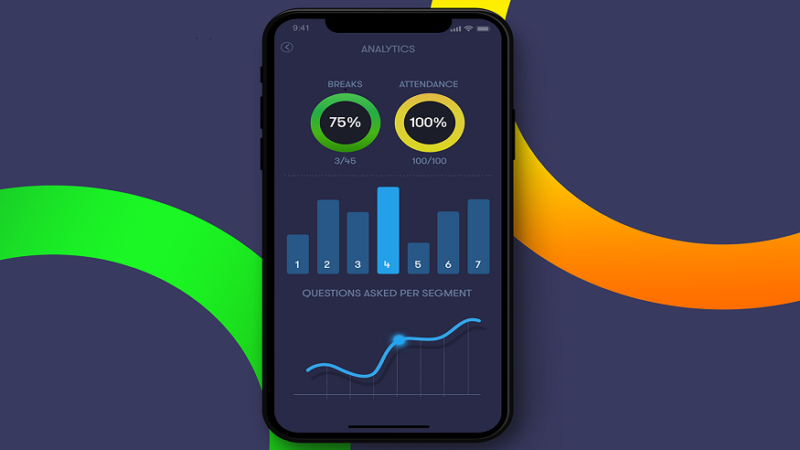The digital transformation of the public sector makes it possible to change the means of delivering services to citizens, while rethinking their content. But the success of this digitalization depends on the ability of territories to find the balance between centralization and decentralization.
The context of the acceleration of the digital transformation of public services
The digital transition in the public service began well before the health crisis, but it highlighted the need to accelerate the process, which should be finalized in 2022 . Beyond the educational sector, the government has dedicated an envelope of 88 million euros from its recovery plan for this purpose.
The goal is to use the recovery plan as a lever for transforming administrations. The objective is to make public services more accessible to citizens and closer to their daily uses .
To do this, it is a question of acting both on product innovations, which concern the service provided to users, and on process innovations (the way of delivering the service) enabled by digital technologies. Thus, the digitalization of public administrations represents an opportunity to do better, potentially with less.
The user at the center of the digital transformation process
This digital transition is not limited to the dematerialization of administrative procedures. On the contrary, it opens up a whole new reflection on the services to be provided to users , the understanding of more variables, while aiming to simplify existing procedures as much as possible.
It is therefore appropriate to place the user at the heart of the digital transition of public services and the new organizational processes carried out by administrations.
But this ambition must overcome two pitfalls. The first refers to the question of data use . Reluctance is expressed regarding the holding and use of personal data by administrations, and a potential opacity of the technologies associated with these projects. The adoption and acceptability of new public services will therefore require guarantees of transparency and control of the management of this data . However , digital solutions dedicated to the management of public device fleets make it possible to guarantee compliance with the GDPR .
The second pitfall lies in equity of access. Not everyone is equal when it comes to digital technology and the digitalization of public services can make access to them more difficult for many users. Elderly people are particularly affected by these difficulties. This problem of digital divide is also felt in the territories least well covered by the Internet network. Here too, personalized support adapted to these specific needs can help overcome the problem.
The importance of the modus operandi of digital transformation
The modus operandi is a key factor to succeed in this digital transition of public services. It conditions the degree of adoption of the parties involved, whether internal (agents) or external (users).
To ensure appropriation of digital tools, from their design phase, public services require effective coordination of all project stakeholders. This includes the administration and all these levels (decision-makers, agents and public users), the designers of digital solutions, and finally the users.
The challenge is that this digitalization of public services meets the real needs of agents and users, that it adapts to the reality on the ground, to achieve the performance objectives defined upstream.
Joint work of different administrative levels
In France, the regions have powers in terms of economic development. They also support innovation and research strategies. This puts them in a good position to manage this digital transition.
In addition, digitalization implies reaching a critical size and the construction of a global strategy assuming a certain degree of centralization. The regional scale makes it possible to set up a “platform” logic, in particular to understand the user in a unique way, regardless of the community responsible for providing the service in question.
At the same time, this digital transition makes it possible to bring the administration closer to users by increasing the number of access points to public services across all territories. Thus, one of the levers for fully and sustainably succeeding in this transition requires the ability of territories to find a happy medium between centralization and decentralization. The public service must therefore be articulated between a high degree of centralization, allowing platform operation, and functional decentralization ensuring a close relationship between public services and users.










